When a French farmer’s doctor son, François Bernier accompanied the Mughal Emperor to Srinagar in 1658 summer time, he left an in depth account of Kashmir’s life, livelihoods and tradition for historical past, writes Muhammad Nadeem
François Bernier’s life was outlined by a stressed curiosity that led him on a rare mental and bodily journey throughout cultures, international locations, and continents. Born to humble farming folks in rural France in 1620, nothing foreordained the worldwide odyssey that will unfurl over the following seven many years of Bernier’s life. Propelled by an inquisitive disposition, Bernier stepped onto the world stage as a younger man hungering for data and expertise.
Initially, he travelled throughout northern Europe the place he immersed himself within the cultural milieus of Germany, Poland, Switzerland and Italy. This woke up in him an appreciation for range and planted the primary seeds of a lifelong ardour for understanding international societies. Bernier’s wanderlust was quickly channelled into extra structured pathways when he enrolled on the medical faculty on the College of Montpellier in 1652. There, Bernier was mentored by thinker Pierre Gassendi who nurtured his analytical schools and empirical bent of thoughts.
Armed with the scholarly coaching to watch and doc the world round him, Bernier subsequent voyaged to the Levant area, soaking within the heady cultural syncretism of Palestine and Syria. Nonetheless, the East continued beckoning Bernier irresistibly. An intrepid risk-taker, he subsequent voyaged down the Nile into Egypt and lived in Cairo for over a 12 months. Braving illness, unrest and uncertainty, Bernier was pushed by an virtually non secular quest to broaden his horizons and perceive humanity in its dizzying range.
The fates quickly conspired to set Bernier on a journey that will outline the remainder of his life – his passage throughout the Indian Ocean in 1659 to Hindustan, the world of the Mughals. Arriving on the heights of the Mughal Empire, Bernier had gained for himself a front-row view of historical past. He witnessed the pivotal Battle of Deorai that marked the decisive victory of Aurangzeb within the Mughal Conflict of Succession. In Aurangzeb’s India, Bernier was greater than a scribe of occasions alone – he was smack in the course of them.
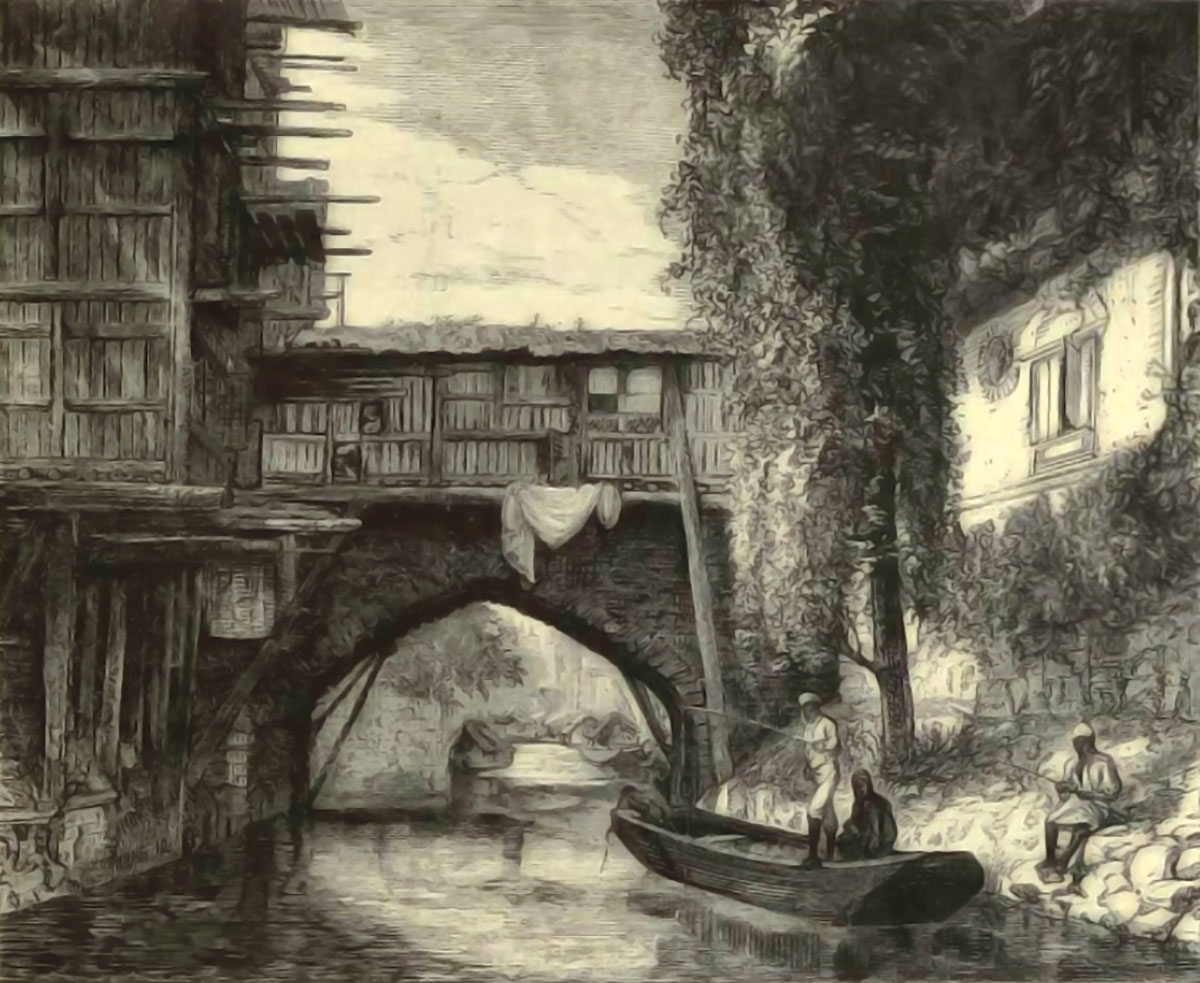
Bernier’s writings replicate his entry to the beating coronary heart of the Mughal Empire. His frank impressions and shrewd observations make clear the central personae that peopled the halls of energy in Seventeenth-century India. From the devoted Dara Shukoh who purchased Bernier his first elephant to the coldly calculating Aurangzeb whose firm Bernier saved for months, his accounts present candid portraits of the emperors and princes who formed the destiny of the subcontinent.
Bernier’s writings additionally current a vivid travelogue capturing the sheer marvel he felt on the marvels of the verdant vales of Kashmir, the pulsating bazaars of Agra, the imperial spectacle of Delhi’s parades, and the wild majesty of a hunt with educated cheetahs. He describes himself because the wide-eyed international wanderer, permitted by glad accident to infiltrate unique worlds past his wildest desires.
Via all his wealthy experiences, Bernier additionally developed into an incisive observer of the Mughal state and society. He commented extensively on land income insurance policies, navy methods, official hierarchies and the situation of peasants. Beneath the floor glitter, Bernier’s analytical eye discerned systemic rot – indicators of the decline that will unravel the mighty Mughal edifice over the approaching century.
Having witnessed essentially the most dramatic chapters of Seventeenth-century Indian historical past unfold earlier than his eyes, Bernier returned to his native France, desperate to commit his recollections to writing. However India had suffused his soul and after temporary interludes in his homeland, Bernier virtually inevitably gravitated again in the direction of the East. His subsequent decade was spent traversing the expanses of Persia in round odysseys earlier than he returned to settle in Paris in 1670.
The ultimate years of Bernier’s life have been dedicated to publishing his travels and cementing his legacy as one of many foremost chroniclers of Mughal India. Although Bernier is comparatively unknown at the moment, his writings have been devoured by Europeans of his time, transporting armchair travellers into intoxicating worlds past their borders. Extra than simply fashionable leisure, Bernier’s accounts formed European concepts in regards to the Orient. Students proceed to mine his work for treasured first-hand insights into the social, cultural and political lifetime of the Mughal realm.
In Kashmir
In his first-hand account of travels throughout the Mughal Empire, the French doctor François Bernier supplies an insightful glimpse into the pomp and circumstance surrounding the Mughal courtroom and its machinations. Via an evocative portrayal of his extended sojourn traversing the plains of North India and ascending into the fabled Kashmir, he unravels the spectacle of the Nice Mughal procession in all its unhurried and ceremonious glory.
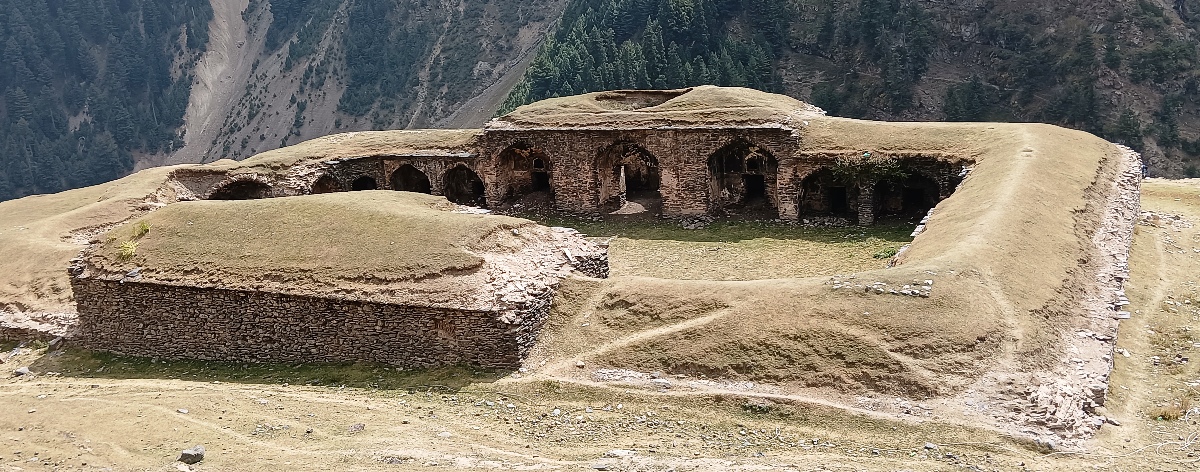
Via his “outsider wanting in” lens filtered by means of European sensibilities, Bernier’s travelogue covers the minute particulars of cellular Mughal courtly existence in vigorous, charming prose. Like a contemporary ethnographer, Bernier renders the best granularity of courtly life amidst navy processions understandable to continental European audiences.
The liberty to entry the innermost sanctums of the courtroom and military on a marketing campaign that Bernier loved was unprecedented and astonishing for a European traveller, permitting him to offer what is maybe essentially the most in depth eyewitness account of cellular Mughal governance. He leverages this privilege to emphasize the grandeur, wealth and may of Indo-Persian Mughal energy at its apogee, memorably dropped at life by means of putting descriptions of Kachemire’s paradise and performative civilizational prowess. This laudatory tone units him aside from modern European commentators who tended to denigrate Jap Mughals from a place of cultural superiority. For Bernier, there is no such thing as a doubt that Seventeenth-century Mughal India must be thought-about a worthy civilizational equal “if not superior to contemporaneous European monarchies”.
Via Bernier’s descriptions, we traverse immense distances, expertise extremes of warmth and chilly, witness the spectacular navy encampments of the nice Mughal ruler Aurangzeb, and finally arrive within the idyllic paradise of Kashmir.
His account transports us again to the scorching Indian summer time, as Bernier joins the emperor’s huge entourage departing Delhi in Might 1658, on the onset of the new season: “The warmth was intolerable. There’s not a cloud to be seen nor a breath of air to be felt…I really feel as if I ought to myself expire earlier than night time.” Bernier notes incredulously that regardless of the intense circumstances, the camp numbers at the least 250,000 folks and animals – a migrating metropolis transporting the whole the Aristocracy and navy of the empire, together with all their attendants, households, and possessions.
The Caravan Strikes
Bernier’s travelogue affords a vivid sense of the dimensions and lavish pomp of the Mughal courtroom, with frequent looking events and lavish shows of wealth contrasting with the ascetic life of their topics. There are scenes of chaos and calamity, as when crossing swollen rivers on makeshift pontoon bridges: “numbers of camels, oxen, and horses have been thrown down, and trodden underfoot, whereas blows have been dealt about with out intermission.”
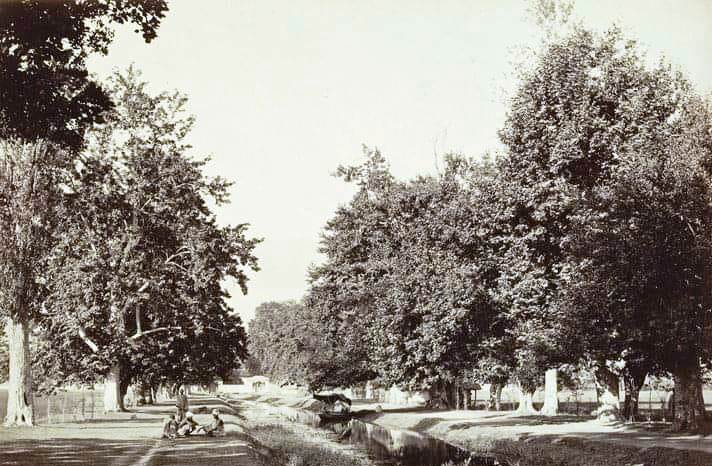
After eleven gruelling days below the baking summer time solar, the terrain lastly modifications because the occasion approaches the doorway to the mountains of Kashmir close to the city of Bhimbhar. Bernier evokes each the chic magnificence and ever-present hazard of the excessive mountains, describing: “a steep, black, and scorched mountain…We’re encamped within the dry mattress of a substantial torrent, upon pebbles and burning sands, a really furnace.”
The logistics of shifting the Mughal camp by means of the treacherous excessive mountain passes supplies insights into the Mughal navy effectivity. The advance sections of the occasion have gone forward, whereas stragglers will observe to keep away from congestion on the slim cliffside tracks. Items and provides have been despatched forward for months. Transport switches from camels to legions of human porters – Bernier notes astonishingly that 30,000 native porters have been enlisted, with the emperor personally requiring 6,000.
Bernier’s marvel and curiosity permeate the letter, consciously risking his life to expertise the attract of Kashmir first-hand: “What can induce a European to show himself to such horrible warmth, and to those harassing and threatening marches? It’s an excessive amount of curiosity, or somewhat it’s gross folly and thoughtless rashness.” For Bernier, crossing the Pir Panjal mountains to expertise the delights of the Kashmir valley compels him irresistibly ahead, utilizing this hazardous journey additionally as a chance to display his fortitude and powers of commentary.
Because the terrain modifications, so does Bernier’s temper, the cooler local weather restoring his vigour because the occasion lastly encamps close to Kashmir: “The environment is cooler, my urge for food is restored, my energy improved,” He recorded. Just like the archetypal hero returning triumphantly dwelling, the epic journey culminates as Bernier approaches the semi-mythical earthly paradise of Kashmir, rendered wonderful by the tribulations endured to achieve it. Via wealthy sensory particulars, epic tales and private musings, Bernier’s account supplies glimpses of the final magnificent days of the Nice Mughals.
Via an intensive letter written to a buddy after a three-month sojourn there, Bernier brings alive the wonder and abundance of this “terrestrial paradise of the Indies,” explaining its distinctive geography, local weather, flora, and fauna in addition to extolling the business and look of its inhabitants.
A Transplanted Europe
After traversing the “frightful wall of the world” that’s the steep, imposing mountain go of Bember, Bernier is struck by the dramatic change in local weather as he primarily transitions “from the Indies to Europe.” He breathes cooler, brisker air and is surrounded by fir, oak and airplane bushes paying homage to the forests of his native Auvergne somewhat than the tropical panorama left behind. This evocative personification of Kashmir as Europe transplanted continues as he elaborates on the valley’s gentle climate, fertile soil and the plethora of acquainted flowers, fruits, and greens.
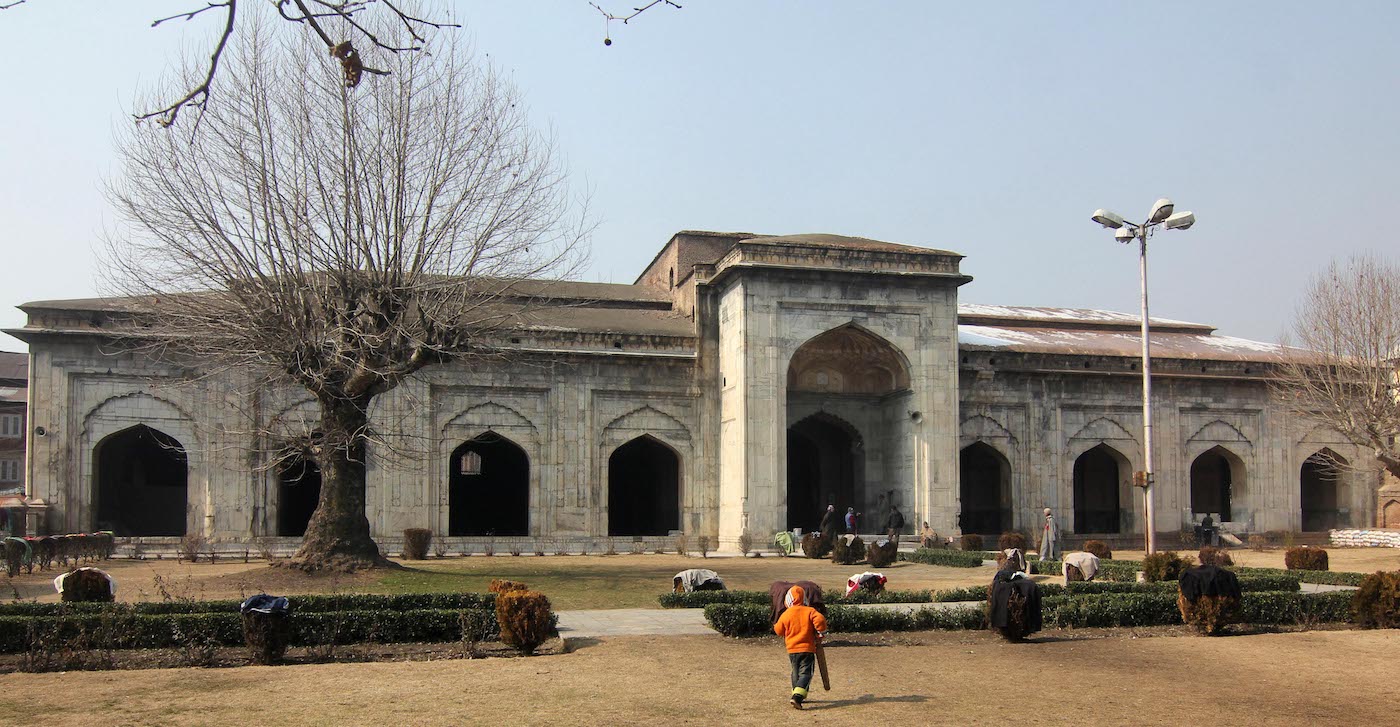
Central to his lavish portrayal is Kashmir’s setting as an alpine valley cradled by the Himalayas, described poetically as “mountains whose summits, always lined with snow, soar above the clouds and atypical mist, and, like Mount Olympus, are always brilliant and serene.” He traces the origins of this valley lake in line with legend, postulating extra logically that it was fashioned by a sinking mountain and subterranean erosion somewhat than manually excavated by a saint. Crucially, it’s now channelled by the retailers and canals right into a peaceable river that winds by means of Kashmir’s capital Srinagar, fringed by charming homes with fairly gardens.
Bernier proceeds to extol Srinagar as emblematic of the valley’s cultivated magnificence, strewn because it was with lush orchards, paddy fields and quaint hamlets alongside the riverbanks. He admires points such because the king’s Shalimar pleasure gardens with their tree-lined canals and fountains, the royal Takht-i-Sulaiman hill topped with historical Hindu and Muslim monuments, in addition to the bustling timber homes and floating gardens on the long-lasting Dal Lake. Captivated by this “enchanting scene,” he argues passionately that Kashmir deserves its exalted sobriquet because the “paradise of the Indies” and may rightfully maintain Mughal sway over the neighbouring mountain kingdoms so far as Ceylon.
Past panoramas, Bernier’s account additionally spotlights the industrious character of Kashmir’s inhabitants, particularly commending their agricultural bounty. He notes approvingly their ingenious irrigation methods permitting cultivation even on the valley’s hills and their prolific manufacturing of rice, saffron, fruit and veggies. Nonetheless, he singles out the manufacturing of Pashmina wool and shahtoosh shawls as Kashmir’s prime glory, which generates important commerce. He describes various kinds of superior high quality Kashmiri shawls, patterned and fringed, usual from the tremendous wool of native goats or imported from Ladakh and Tibet. Although aggressive copying was tried in Mughal capitals like Agra and Lahore, Bernier declares none might match Kashmir’s artisanry, color mastery or the key locked in its waters.
Anthropological Adventures
One other dimension emphasised is the distinctive look and wit of the Kashmiri populace. Bernier asserts they’ve fairer complexions and extra European-style options than different Indians, with the putting great thing about even lower-class ladies. He playfully recounts his covert efforts to catch glimpses of the town’s beautiful however cloistered girls by means of methods like distributing sweets through a realized information. These clever, poetic folks additionally earned his admiration for technological and literary expertise seen in carved woodwork, eloquent poetry, and inventive expertise akin to Persians. Since intermarriage with lovely Kashmiri ladies was coveted to protect the “white” Mughal lineage, Bernier cheekily argues Srinagar probably boasted girls as beautiful as any European belle.
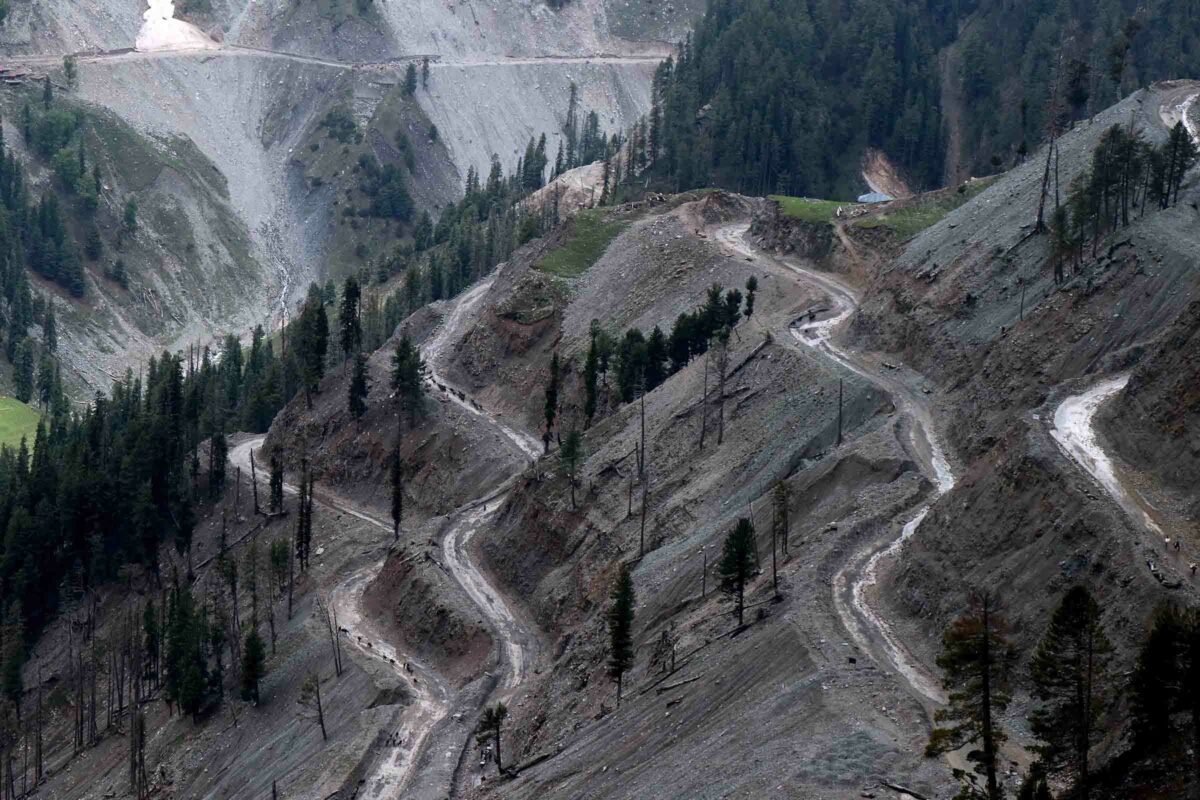
Mixing factual observations with sentimental impressions, he spotlights its unparalleled aesthetic allure and affluent financial system in a means that powerfully justifies its intervening Mughal and Afghan conquerors. Although a colonial European lens largely colors his perspective on stereotypical Oriental themes like female magnificence or royal indulgence, Bernier, at occasions, additionally demonstrates real openness.
He presents Kashmiris as honourable companions in commerce and tradition with admirable qualities meriting respect. Thereby, whereas undeniably an outsider, he creates an immersive eyewitness account that largely transcends stereotyping to recognise Kashmir’s multidimensional actuality on its phrases. In the end, by means of this lens of a traveller enraptured by Kashmir’s magnificence over three centuries in the past, Twenty first-century readers achieve perception into its enduring, if imperilled, magic.
“It’s (Kshmir’s) physiognomy is completely Armenian, the boys being particularly reasonable, with reddish hair and blue eyes…I used to be amazed to see a tall, good-looking, white lad enter the little temple I’ve described, dressed as a lady.”
Bernier’s perspective stays philosophically indifferent as he explores the land “penned in between lofty mountains” the place “reverse seasons are skilled throughout the similar hour.” He climbs summits much less for wonderful vistas than to empirically deduce the reason for pure oddities, as with the intermittent sacred spring at Bawan: “Having made these observations, it occurred to me that this pretended marvel is perhaps accounted for by the warmth of the solar, mixed with the peculiar scenario and inside disposition of the mountain.”
The reader will get aware of his systematic speculation testing and elimination as he intrepidly surveys the realm regardless of hazards and fatigue to achieve this rationalist perception.
Likewise displaying solely anthropological curiosity within the attention-seeking ‘hermit’ amidst Kashmir’s Wular Lake, Bernier pointedly declines to “refill this letter by recounting the thousand absurd tales reported”.
Past busting supernatural myths, Bernier supplies perception into the essence of Kashmir – the evocative vestiges of distant wonderful eras contrasting with current decay and deprivation: “The wretched inhabitants of this charming nation cluster, throughout summer time, below wretched sheds of straw and sedges…enslaved and subjected to extra labour.”
Areas aside, Bernier information assist readers scale Kashmir’s passes and peaks and digress into Kashmir’s mythic origins. He sifts by means of poetic legends surrounding the Verinag Springs to unearth traces of a queen who adorned sacred fish with golden rings. Quoting native custom, he resurrects the reminiscence of a paradisical metropolis drowned beneath the lake for its ruler’s sins. Such nostalgic episodes, like glimpses of forgotten grottoes and secluded vales, amplify the chic mystique permeating his chronicle.
This sense of thriller additionally surrounds Bernier’s documentation of unfamiliar cultures, satiating his ethnological curiosity. He profiles polyandrous highlanders, probably Buddhist tribes and hill chiefs inhabiting nearly inaccessible republican mountain fastnesses. Although stymied from totally investigating these distant communities, his account fires the creativeness, spurring curiosity in comprehensively charting Kashmir’s distinctive cultural mosaic.
Bernier recounts a narrative a few supposed miracle carried out by some Muslim clerics involving a heavy stone. Bernier exposes this as a sham by detailing how he joined the group in making an attempt to elevate the stone and felt them secretly utilizing extra than simply their fingertips. This episode establishes Bernier’s scepticism relating to superstitious claims and miracles, a mindset he brings to his documentation of Kashmir.
After departing the staged miracle, Bernier wanders the countryside, depicting websites like a spring whose ebullience purportedly will increase with loud noises, although Bernier determines pure causes underlie its effervescent. He climbs mountains rife with flowers and glacial lakes, trying to find a “grotto stuffed with great congelation,” however recedes as soon as summoned again by his awaiting occasion.
In Search of Moses
The center of the account examines Kashmiri heritage, particularly attainable Jewish ancestry. Prompted by inquiries from his buddy, Bernier investigates claims of long-established Jewish communities possessing Previous Testomony texts. Although unable to validate such communities persisting, Bernier supplies in depth proof for prior Jewish presence.
He first notes the Jewish solid of options noticed amongst frontier villagers. Corroborating this, he cites different Europeans struck by the identical semblable. He additionally explains the prevalence of the identify Mousa, that means Moses, within the area’s capital metropolis. Historical traditions holding that Solomon visited Kashmir and directed the development of a throne construction supply additional clues. Most compellingly, widespread perception holds that Moses himself died close to the town, along with his tomb positioned lower than a league away.
Whereas Bernier can not definitively hint Kashmiri Jews again to Biblical occasions, he marshals appreciable indications of early Jewish inflow, with non secular deviation occurring over extended ages of isolation. He suggests conquest or conversion to Islam throughout Medieval durations could have assimilated remaining enclaves into the broader inhabitants. Nonetheless, he strongly disputes that no foundation exists for supposing Jewish residence within the distant previous, bolstered by the ethnocultural clues nonetheless evident amongst trendy Kashmiris.
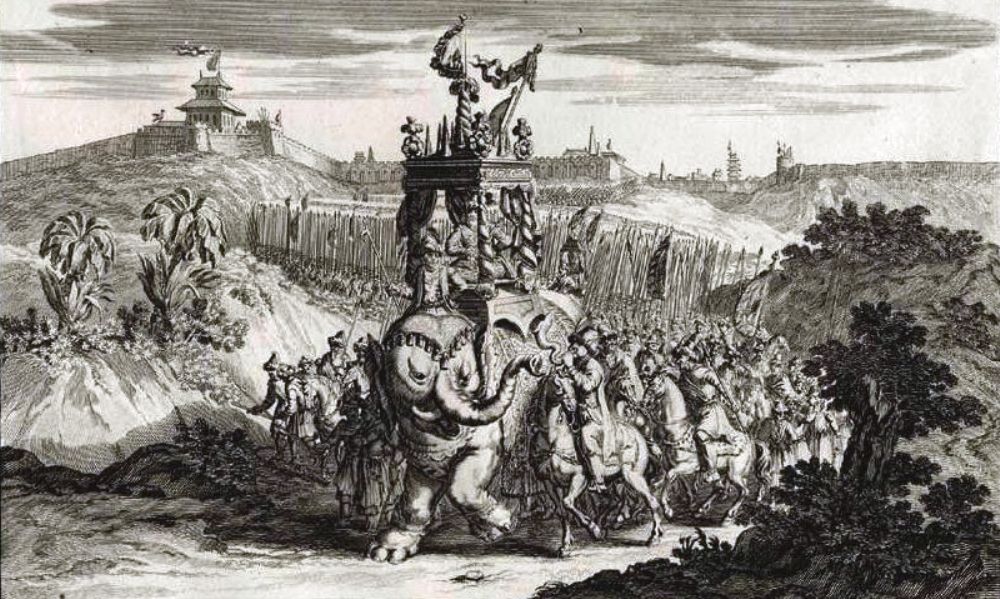
Past the Jewish query, Bernier relays latest historic occasions associated to him by native informants. One man describes fleeing Mughal persecution by discovering refuge in distant mountain settlements, the place he was welcomed and neighborhood elders supplied their daughters to seed future generations along with his noble bloodline. This paints a portrait of insular highland peoples fiercely protecting of their ancestral lands.
Bernier additionally recounts political turmoil in ‘Little Tibet’ (Baltistan) and its entanglement with competing Kashmir and Mughal pursuits. Intriguingly, he supplies early European discover of polyandry customs whereby brothers collectively marry one spouse. He additional notes the prevalence of Shia Islam in Little Tibet, reflecting Persia’s non secular and cultural affect reaching throughout the inside Asian highlands.
The Conclusion
All through these anecdotes, Bernier reveals scholarly craving to elucidate blurry ethnogeography by querying travellers from unique frontiers. He beneficial properties snippets of data about commerce routes main over majestic mountain ranges in the direction of China, legends of a as soon as rich however long-vanished underwater temple metropolis, and caravans burdened with musk, wool, and treasured minerals.
Bernier’s account reveals Kashmir because the assembly level of myriad cultures, faiths, and mythologies – an enigmatic setting wealthy in historical past and manifold identities. Via cautious evaluation and reasoned hypothesis, Bernier unravels strands of the area’s intricate tapestry to offer attractive glimpses into its previous as a nexus of civilizations. Inside his questing narrative, transporting readers to the far reaches of the identified world, lay the beginnings of an empirical sensibility that helped broaden early trendy Europe’s conception of itself.
Bernier’s travelogue recounting his curious forays into the Kashmir of bygone eras stays intellectually daring and evocative centuries later. Masterfully contextualizing its traditions and hardships, splendour and contradictions, Bernier makes a spellbinding journey to Seventeenth-century Kashmir equally tantalising within the current. The seductive, elusive high quality that so entrances him continues to entice and beguile at the moment’s readers, inviting them to immerse themselves in his vivid chronicle whereas kindling an crucial to rediscover the true Kashmir behind the unique illusion.
#François #Berniers #Travels #Mughal #Empire #Kashmir



